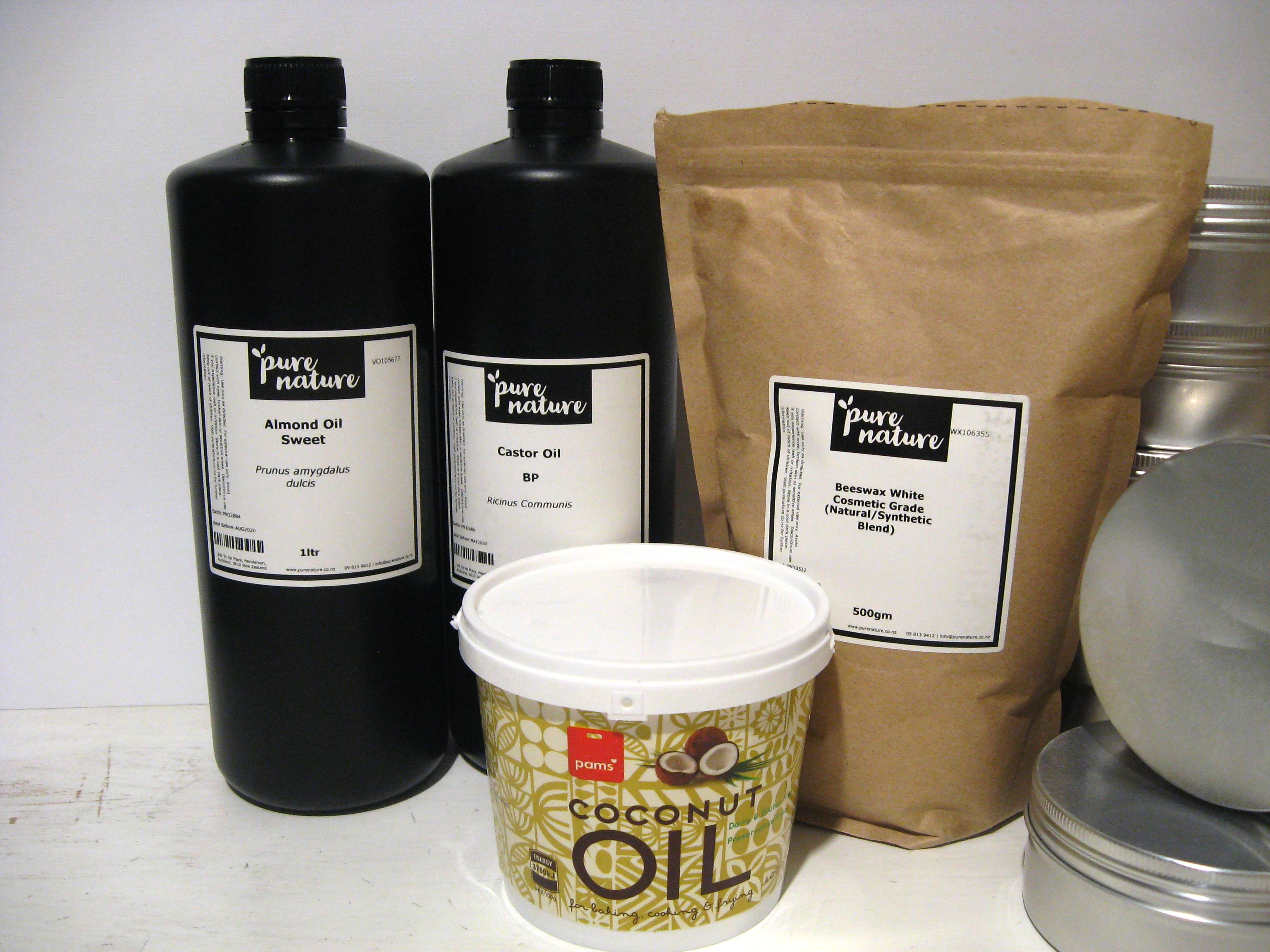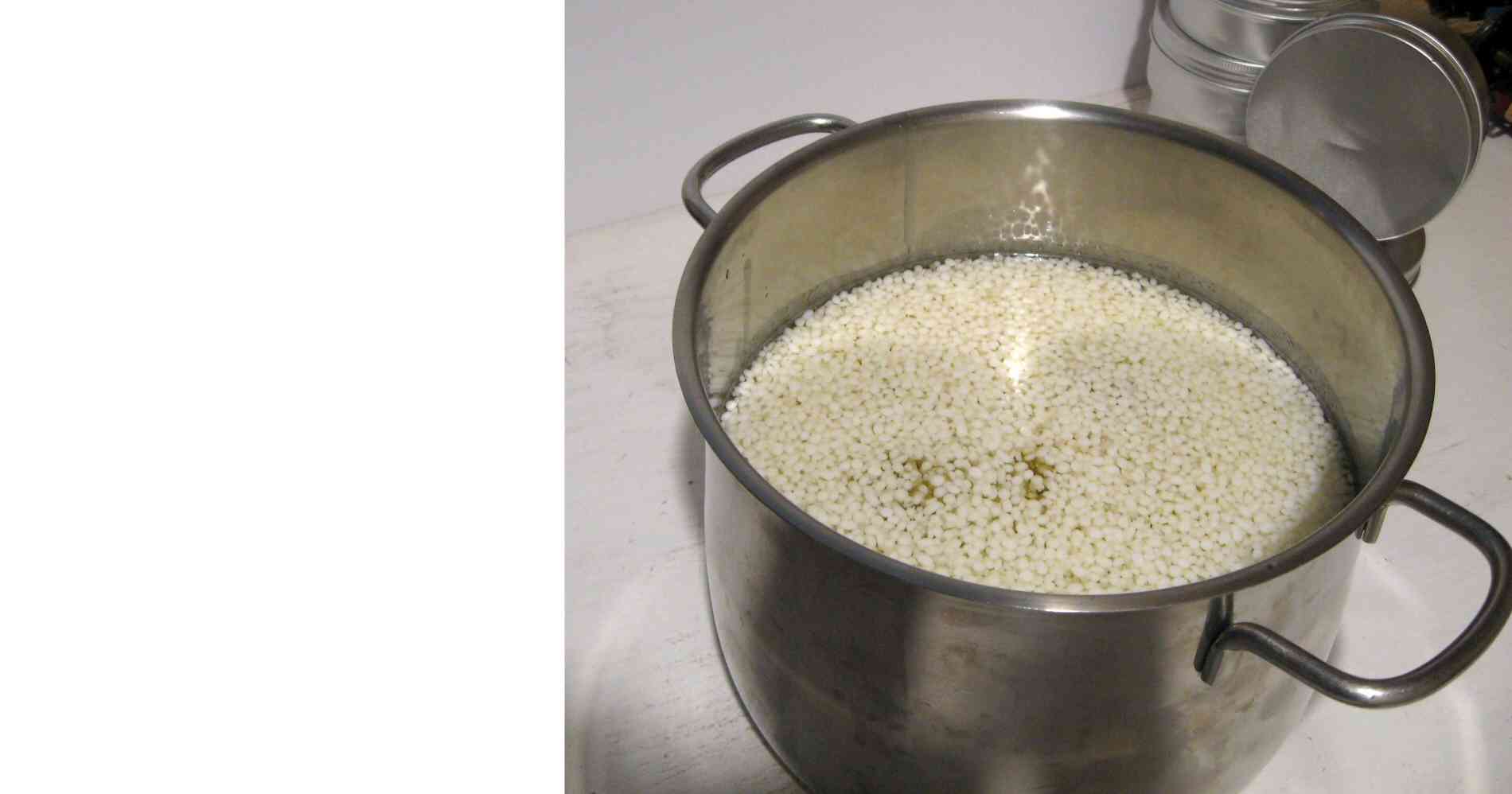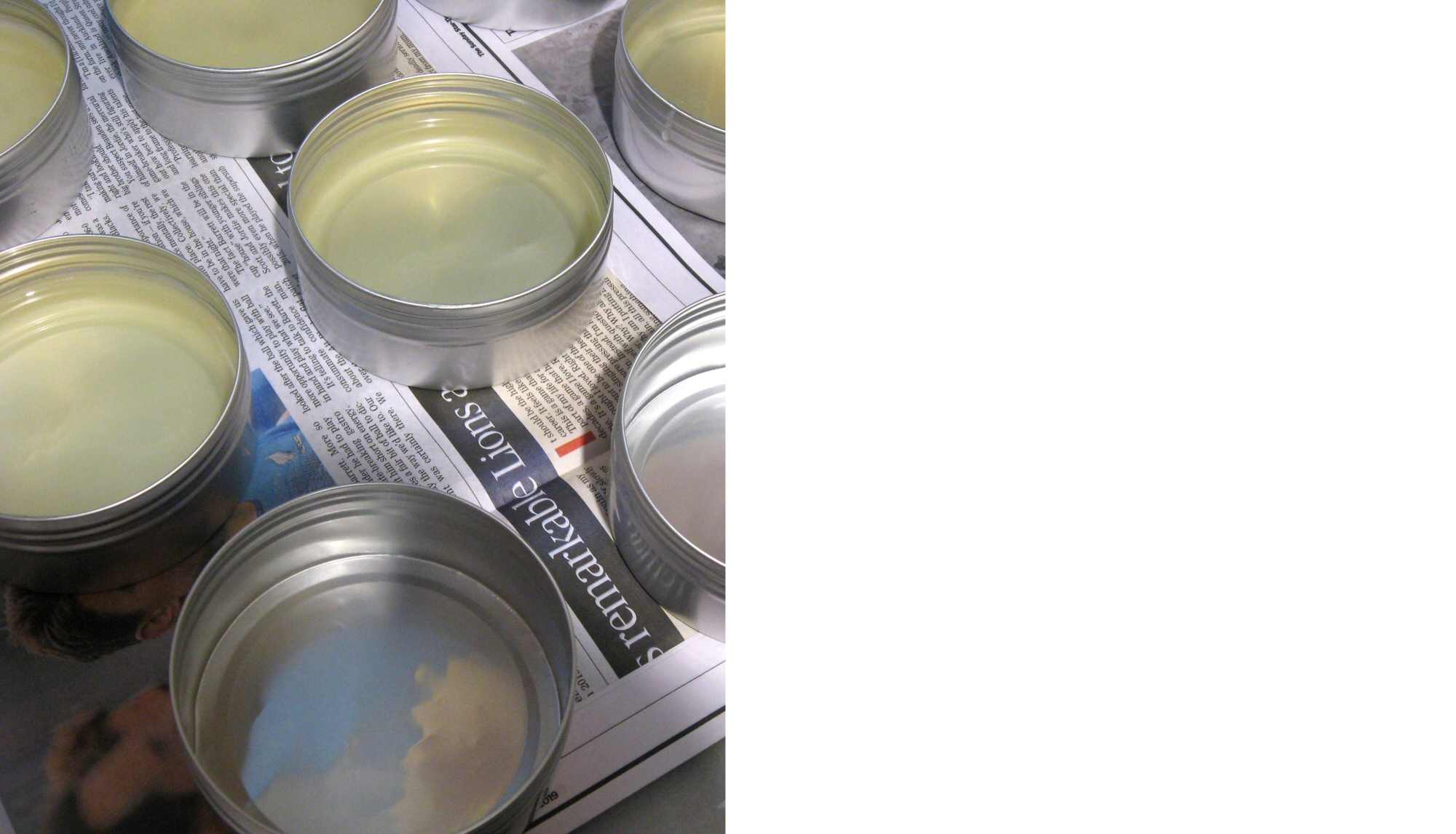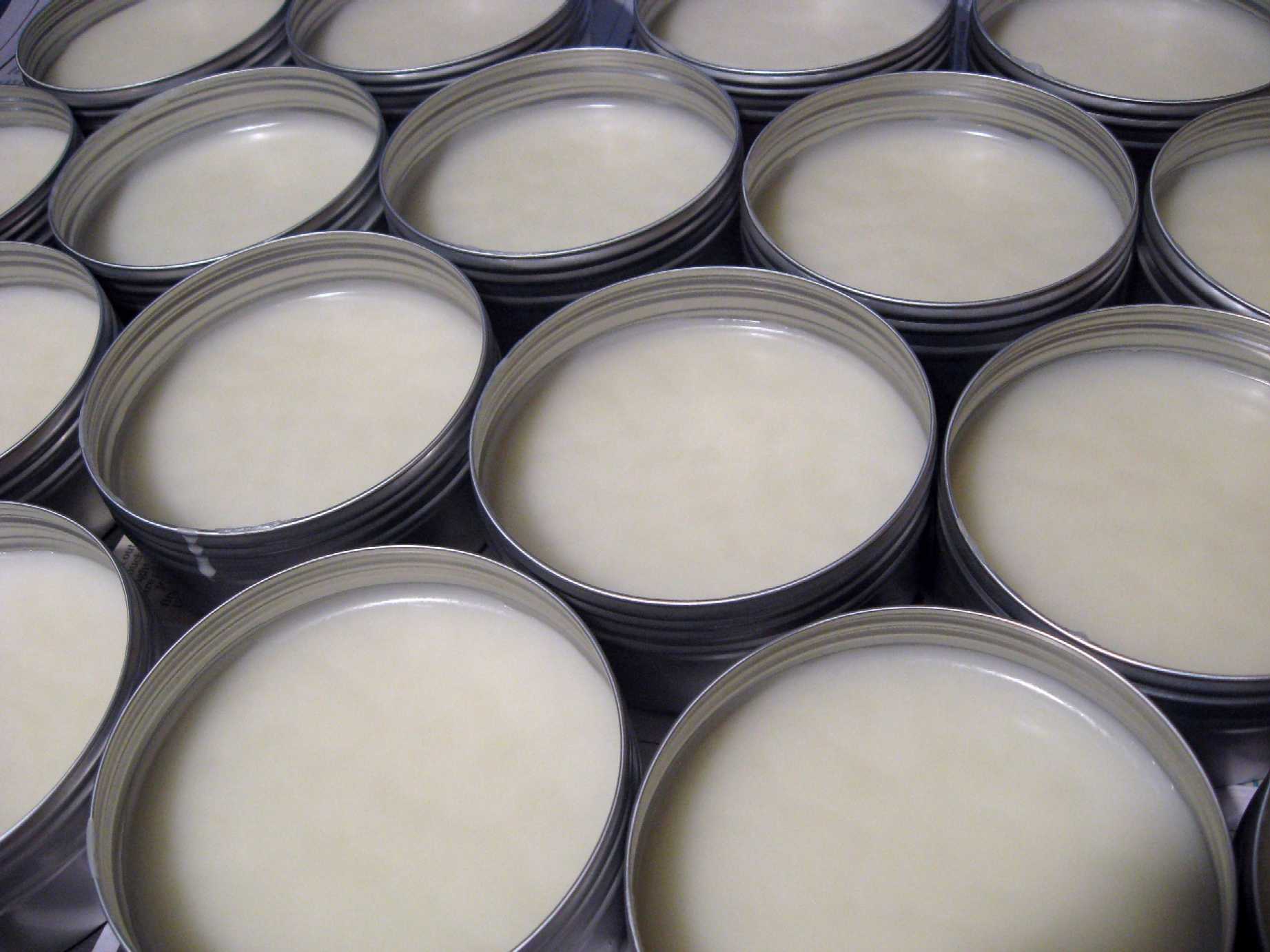Forum discussions on leather preservatives and waterproofing seem to bring out a range of opinions and product endorsements. There are potential pitfalls with leather treatments. While wanting to prevent dried and cracked leather and add suppleness in the right places along with waterproofing, will the leather still breath? Possibly not as well. Will it instead become too soft so the lace hooks on boots rip out or some of the structural integrity is lost so there is no longer sufficient ankle support? What about causing failure of the adhesives and the soles falling off, or accelerating the breakdown of the leather itself rather than preserving, and the same of any non-synthetic stitching? Some boot manufacturers specifically exclude some, or all, alternatives to their own proprietary leather care products - often those containing oils. Whether the reasons are genuine or simply a means through the warranty conditions to generate additional revenue is uncertain. Others on here say they have used traditional dubbin all their lives with no issues whatsoever. What is certain though is that waxes or oils and Gore-Tex do not go together! These are usually all considerations for boots whereas they might be less so for treating say a leather jacket.
Should the product be based on beeswax alone, or perhaps lanolin, or other animal by-products like neatsfoot, or something altogether different? Past threads have shown that Huberd’s Grease and Sno-Seal are two of the more popular products on here. What do these products contain? Huberd’s is based on an unspecified wax (thought to be beeswax), pine tar, and petroleum distillates. The Sno-seal is much the same without the tar. There are no doubt other ingredients as well, and the above is only what is revealed in the online MSDS. I don’t know what is in the Gregor Chemie Lederpflege und Imprägniermittel other than silicone, but being German it should provide efficient treatment.
Price-wise most products run at $15-20 per 100mls for the common smaller package sizes, so I thought I’d look into homemade – see if I could make a bulk brew on the cheap, and then post links to the sources of the ingredients for anyone else who was interested in doing likewise.
Beeswax seemed to be the way to go, but is not easy to apply without being blended with oils or solvents to make a softer mixture. I assembled the ingredients for one of the homemade beeswax blend recipes that turned up from an online search and ended up with the following, so can proudly claim all natural ingredients along with no nasty chemicals. No doubt any leather so treated will be restored, fed, pampered, and nourished in equal measure. Please note in view of my earlier comments that this is indeed a beeswax formula but with an oil base.
Almond Oil : Castor Oil : Beeswax : Coconut Butter
Approximate mix ratios of the above by volume: 2 : 2 : 1 : 1
As at September 2019 the below link to the ingredients I purchased:
Coconut Butter, 400grams, $5.49
https://www.paknsaveonline.co.nz/pro...re-coconut-oil
Almond Oil, 1litre, $15.00
https://www.purenature.co.nz/product...=9399134781484
Castor Oil, 1litre, $12.00
https://www.purenature.co.nz/collect.../castor-oil-bp
Beeswax, 500grams, $13:00
https://www.purenature.co.nz/collect...ynthetic-blend
From my investigation, smaller packaged sizes than these are not cost effective and tend to be marketed as organic with hiked pricing. If you know where any of the above can be sourced in smaller amounts AND at proportionally lower cost please share the details.
I used a part-synthetic beeswax blend. Not that I dislike the smell of beeswax, but I wanted this leather treatment to have as little odour as possible, and the finished mix did end up having very little at all. Substituting natural beeswax will restore the smell. Another place to get beeswax locally here in Wellington is National Candle who offer door sales for hobbyists.
Preparation began by mixing together the oils in the above supplied volumes and then heating to around 70°C at which temperature the beeswax can be added and will melt into the mix on stirring. Be a little careful with direct heating as all the ingredients will burn quite nicely if given the chance. Once the wax was blended in, the mix was poured out into containers and left to set on standing. And it’s as easy as that. The blend of the ingredients is apparently non-critical, the oil-to-wax ratio setting the finished consistency and so can be tweaked accordingly.
Problem:
I now have roughly 3 litres of leather conditioner/waterproofing, much of which I may never get around to using. Obviously the resulting final volume was anticipated when I purchased the ingredients, so I also got in some small aluminium screw-top tins through AliExpress for packaging.
https://www.aliexpress.com/item/32999855606.html
Here is a deal:
For Forum members who have private messaged me in the past and want to try out this concoction, contact me again with your address and you can have a 150ml sample free of charge, as long as the rather limited stocks last. Ideally you would also then transfer $5 to cover the cost of the tin and the $3.50 NZPost prepaid bag, though I won’t be bothered policing this. The contents itself however comes compliments of Puffin.
There is one caveat however:
At some later date you must add to this thread so we know how this worked out on your stuff, be it boots, jackets, man-bag, etc. Being comprised of only food/cosmetic-grade constituents; if you used it for a lip balm, sunscreen, for frying up back steaks in an emergency, or other uses, please report this. Don’t be shy.
Perhaps if this turns out by consensus to be a good thing, then brewing up batches may become a regional Forum activity where the resulting volume can be split amongst a group?
Welcome guest, is this your first visit? Create Account now to join.
Welcome to the NZ Hunting and Shooting Forums.
Search Forums
User Tag List
Results 1 to 15 of 39
Threaded View
-
21-09-2019, 09:18 AM #1
Homemade Leather Preservative / Waterproofing
Similar Threads
-
Re-Waterproofing Jacket
By JonP in forum Gear and EquipmentReplies: 16Last Post: 24-04-2017, 09:06 PM -
Waterproofing a tent
By Philipo in forum Gear and EquipmentReplies: 4Last Post: 21-03-2017, 08:10 PM -
Re waterproofing/seamsealing
By oraki in forum Gear and EquipmentReplies: 0Last Post: 13-03-2017, 07:54 PM -
waterproofing a firearm?
By Scottishkiwi in forum Firearms, Optics and AccessoriesReplies: 13Last Post: 07-05-2015, 10:10 PM
Tags for this Thread
Welcome to NZ Hunting and Shooting Forums! We see you're new here, or arn't logged in. Create an account, and Login for full access including our FREE BUY and SELL section Register NOW!!




 27Likes
27Likes LinkBack URL
LinkBack URL About LinkBacks
About LinkBacks








 Reply With Quote
Reply With Quote


Bookmarks